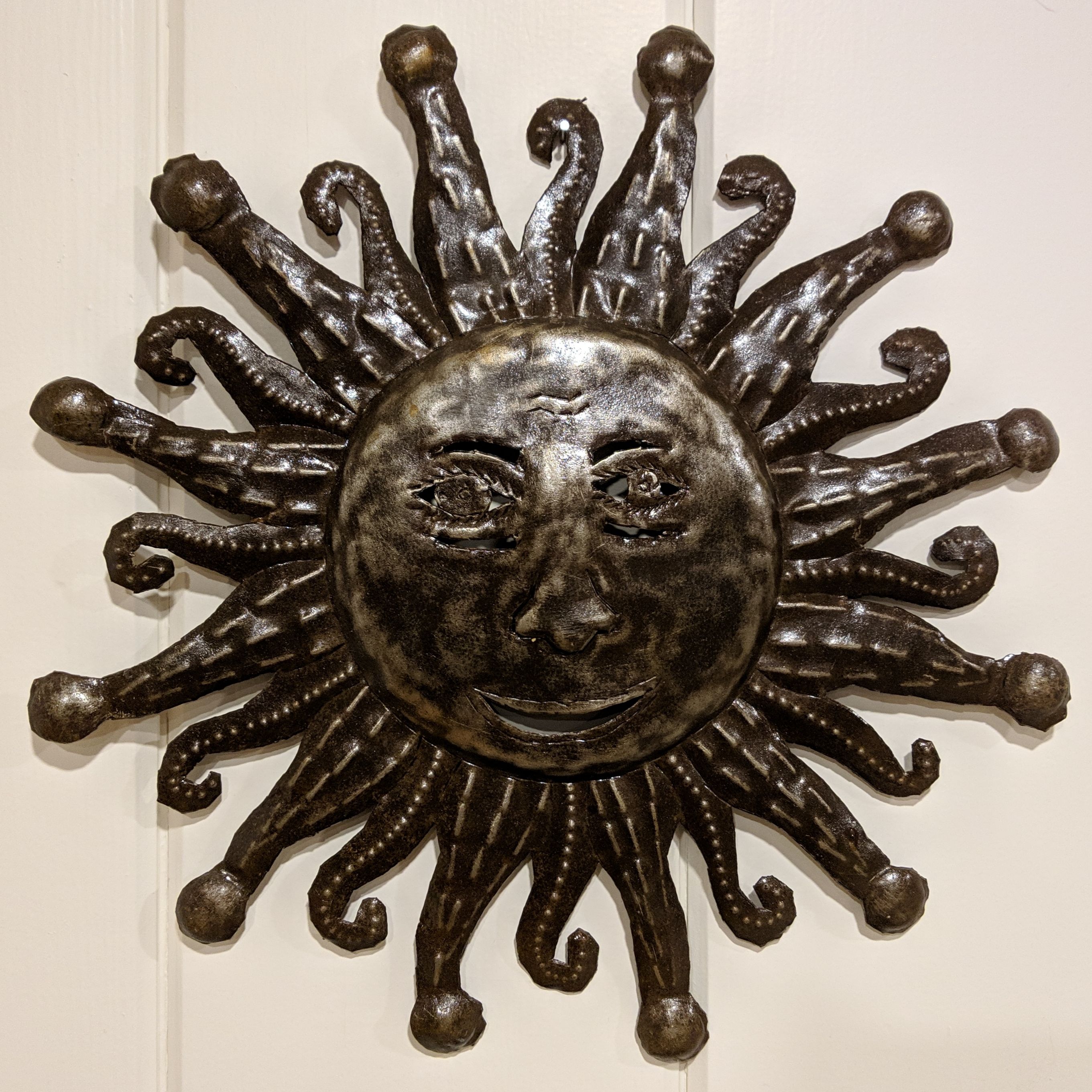I’m printing the Umikot wdt from https://www.printables.com/model/481587-umikot-planetary-gear-spirograph-espresso-wdt-tool
And all the pieces seem fine, but I can’t seem to screw together the base and upper mech fully.
Initially I could get it one full turn before it got caught on something. With force, I managed to get it almost fully screwed on but not quite, it feels like there just isn’t enough tolerance.
I’m tempted to either try printing the base a small bit larger to allow for tolerance, or maybe just combining both parts into one and reprinting it in a single go. I do see a bit of z banding which I suspected might be the problem, but trying to sand at it barely helped.
Any tips for this? Thanks!
Decided to try printing it as one piece, which will take 24 hours. Curious to see how it works, and if I make the existing print work then one can be a gift I guess
Probably the best and easiest way if you happen to know the specs for the thread is to just run a tap and die through them to clean them up and bring them to spec. Unless you happen to have the right tools on hand or are good friends with a plumber or machinist or something who has them and will let you borrow/use them that’s probably too big on an investment in tooling to be worthwhile (probably looking at a couple hundred bucks.) Similarly if you have access to or know someone with a lathe they may be able to do it on their machine.
Other than that, you can try to clean them up manually with some sanding/needle files/being very careful with a Dremel. I’d try covering the threads with some sharpie or something similarly thin and can be worn off easily that’s not going to really affect the dimensions and screwing it together and jiggling it around a bit to see where things are rubbing to know where to focus your sanding
You could also try heating up the female threads a bit to try to soften them up then forcing the male half into it and see if you can reshape them a bit that way. Heat gun is probably ideal, a hair dryer might do the trick, or a torch or lighter if you’re very careful.
As far as adjusting your machine or the model to make it work, I can’t really be much help
My experience with threads is to use offsets when modeling in F360- usually 0.1-0.2mm. That’s not an option for stl parts.
But also…that thing scares me. That I know what it is and what it’s for scares me even more. 🤪☕️
I tend to set the scale on on of the pieces at 99% and never have issues getting them to screw together.


